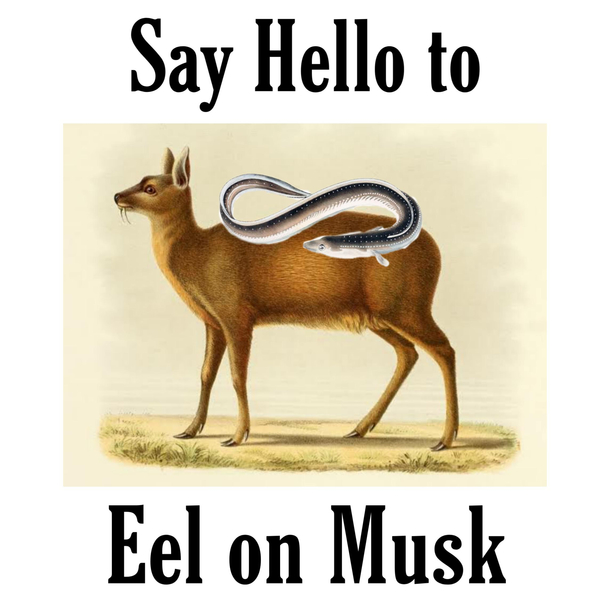

All of this sounds (and looks) rather gruesome and you would think that carrying this big fly larva around would affect the squirrel.
#PINKLE SQUIRMY BLIP BLOP BLOP SKIN#
This is a large parasite for a little squirrel! When the larva is mature, it drops out of the skin through a pre-cut hole, leaving a rather ugly-looking, ulcerated wound. The larva grows inside this warble for about three weeks, reaching its maximum size of about 1-1/2 inch long by 1 inch wide. The bot fly larva lives in the squirrel’s body, eventually settling under the skin, where it is visible as a conspicuous, hairless lump, one larva per warble. The larvae enter the squirrel’s body through a natural opening, or are swallowed when the squirrel licks itself, or sometimes burrow in through its eye. The warmth from the squirrel’s body causes the eggs to hatch almost immediately and the larvae then crawl onto the squirrel’s body.

Squirrels get infested when they touch the eggs. The mated female bot fly lays her eggs on twigs and branches. These “lumpy squirrels” are a fairly common sight from mid to late summer in the eastern U.S. The squirrel bot fly is a natural parasite of the eastern gray squirrel, fox squirrel, American red squirrel, and eastern chipmunk. You can tell it from a bumble bee by looking at the wing pairs-bees have two pairs of wings flies only one. The adult bot fly looks something like a bumble bee, black and yellow with a large body. The lump is called a “warble” and it contains the larva of the bot fly. No, I think what you’ve seen is squirrels that have been parasitized by bot flies. Are these some kind of cancerous tumors that squirrels get?Ī. I assumed it was from a bite or something, but then I saw another squirrel with a lump about the size of a pecan on its back. A couple of weeks ago, I saw a squirrel with a lump on its neck. We have a lot of squirrels around our house. Not for the Squeamish! Squirrel Bot Flies By Chris Williams on January 3, 2012.


 0 kommentar(er)
0 kommentar(er)
